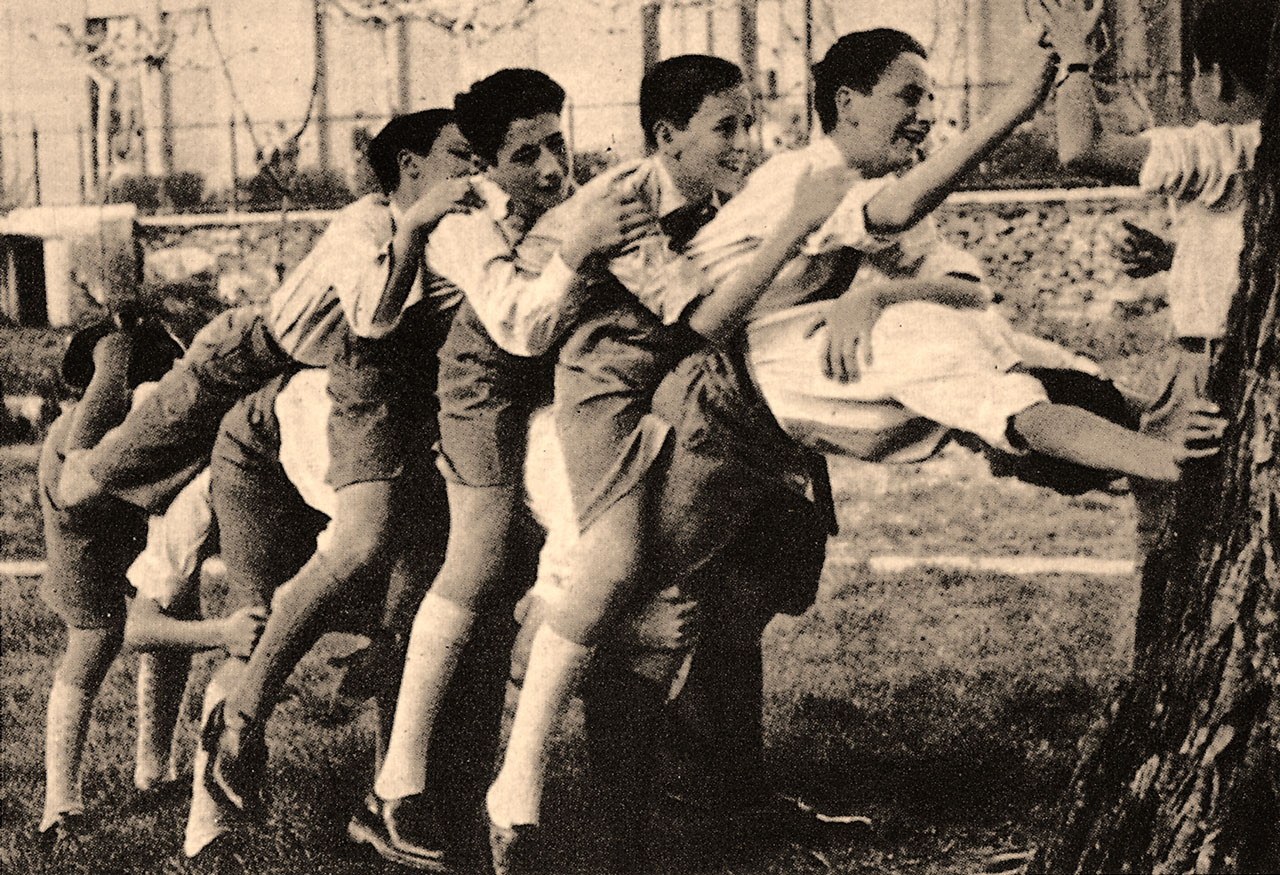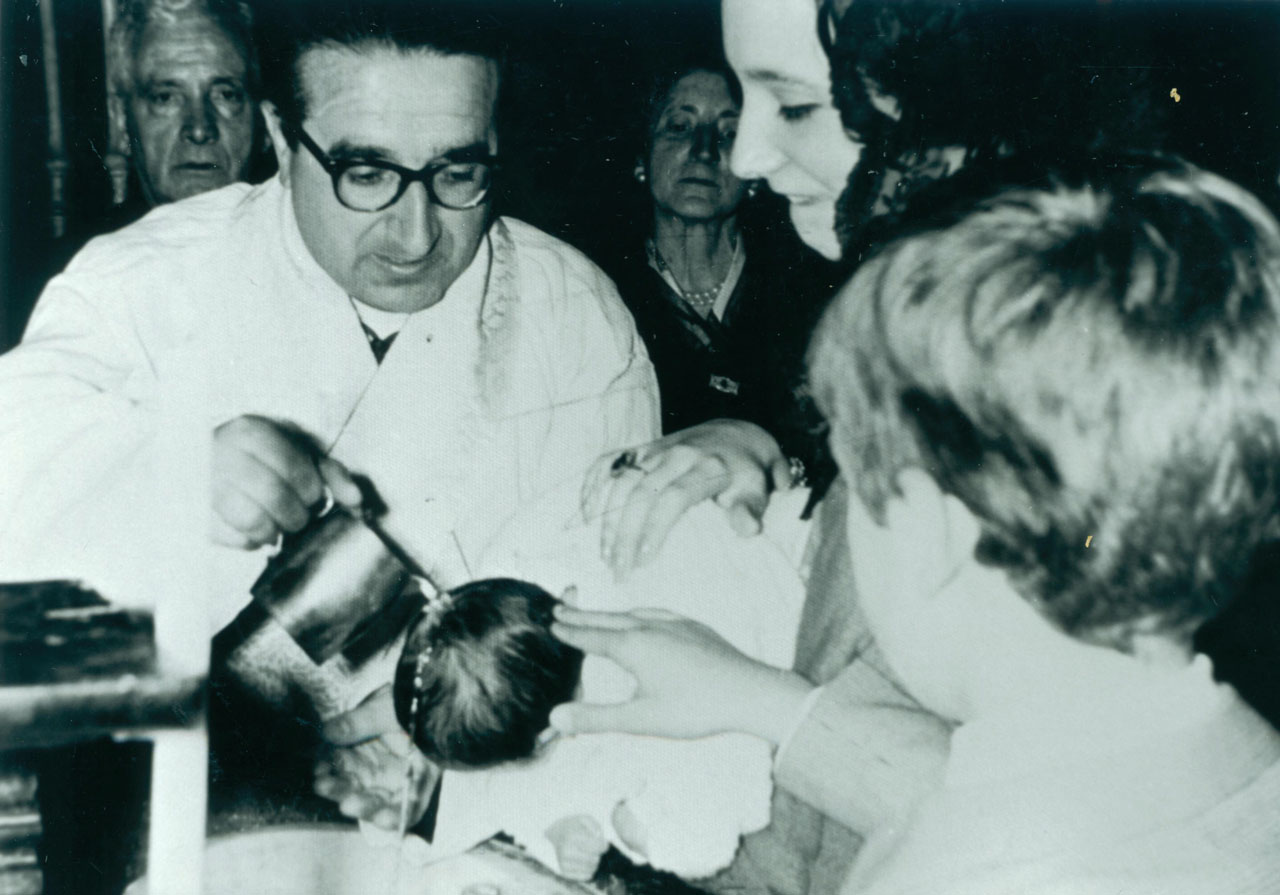Diferencia entre revisiones de «Main Page/en»
De Atlas Etnográfico de Vasconia
| Línea 148: | Línea 148: | ||
| − | ===[nacimiento| | + | ===[nacimiento|Rites from Birth to Marriage in the Basque Country|/atlas/nacimiento.png|Significant stages of life and rites of passage; namely, birth and childhood, youth, and the transition from singleness to marriage.]=== |
| − | ====[Ritos_del_nacimiento_al_matrimonio_en_vasconia | | + | ====[Ritos_del_nacimiento_al_matrimonio_en_vasconia | Rites from Birth to Marriage in the Basque Country]==== |
| − | ====[/atlas/nacimiento/Mujeres-en-el-portico-Orozko-1956.jpg| | + | ====[/atlas/nacimiento/Mujeres-en-el-portico-Orozko-1956.jpg|Under the portico. Orozko (B), 1956. Source: Labayru Fundazioa Photograhic Archive.|Ogiaren kurruskua mutikoa izan dadin. <br />''Eat up your crusts to have a boy.''|]==== |
| − | ====[/atlas/nacimiento/Erromeria-jaietan-Zeanuri-1922.jpg| | + | ====[/atlas/nacimiento/Erromeria-jaietan-Zeanuri-1922.jpg|Dancing during patronal celebrations. Zeanuri (B), 1922. Source: Labayru Fundazioa Photograhic Archive: Felipe Manterola Collection.|Young men and women would meet during the Sunday stroll, dances and pilgrimages.|]==== |
| − | ====[/atlas/nacimiento/Tarta-nupcial-Durango-1975.jpg| | + | ====[/atlas/nacimiento/Tarta-nupcial-Durango-1975.jpg|Wedding cake. Durango (B), 1975. Source: Gurutzi Arregi, Etniker Euskalerria Groups.|As was the case of all important events, the wedding banquet, eztei-bazkaria, was celebrated at home.|]==== |
Revisión del 12:40 27 ene 2020
Heir of the family. Zeanuri (B), c. 1920. Source: Labayru Fundazioa Photograhic Archive: Felipe Manterola Collection.
House and Family in the Basque Country


House and Family in the Basque Country
The widespread practice in the territories under charter law was for one of the children, either male or female, to continue with the family tradition of keeping up the farmstead and its belongings.
Family Diet in the Basque Country


Family Diet in the Basque Country
Gabon, bon-bon; Natibitate, ase eta bete; San Estebantxe, lehen letxe. Eat heartily on Christmas Eve; until you feel full at Christmas; and back to normal on St Stephen’s Day.
Group of children. Zeanuri (B), 1920. Source: Labayru Fundazioa Photograhic Archive: Felipe Manterola Collection.
Children’s Games in the Basque Country


Children’s Games in the Basque Country
Children in the traditional society, both in towns and in countryside, only really had the toys that they made themselves. Games were more common than toys, and the latter were just a basis for the former.
Traditional Medicine in the Basque Country


Traditional Medicine in the Basque Country
Osasun ona eukiteko, oiloekin ohera eta txoriekin jaiki. Early to bed and early to rise makes a man healthy, wealthy and wise.
Rites from Birth to Marriage in the Basque Country


Rites from Birth to Marriage in the Basque Country
La puérpera debía permanecer recluida durante un período que concluía con el rito de entrada en la iglesia, elizan sartzea.
Ritos funerarios en Vasconia


Ritos funerarios en Vasconia
Existían caminos específicos por los que se llevaba el cuerpo del difunto desde la casa mortuoria hasta la iglesia y el cementerio.
Pastando en Eneabe. Zeanuri (B), 1996. Fuente: Archivo Fotográfico Labayru Fundazioa: José Ignacio García.
Ganaderia y pastoreo en Vasconia


Ganaderia y pastoreo en Vasconia
Hace dos milenios Plinio distinguía el Vasconum saltus, húmedo y boscoso, del Vasconum ager con sembrados de cereales y viñedos. Aquella distinción sigue vigente en lo que se refiere a la ganadería.
Agricultura en Vasconia


Agricultura en Vasconia
Hasta la década de los años 1950 el molino harinero era un elemento indispensable en la economía grícola-ganadera de nuestros pueblos.








